What kind of damage can wild hogs cause?
These members of the Sus scrofa specie, are associated with several types of damage in places where they migrate or live. Their damaging skills vary with their habitual area. Over time, wild hogs evolved from being domestic into wild animals. Their feeding habits (omnivorous) enabled them to live in different environments. They can feed on sea turtle eggs, newborn animals, various farm produce, etc.
The damage that arises as a result of their presence can be massive. They actually can cause damage to themselves too. Their aggressiveness leads to fighting each other for different reasons. The boars (male wild hogs) also fight for breeding opportunities with the females. The fights can lead to injuries or even death. Here are the different types of damage caused by wild hogs:
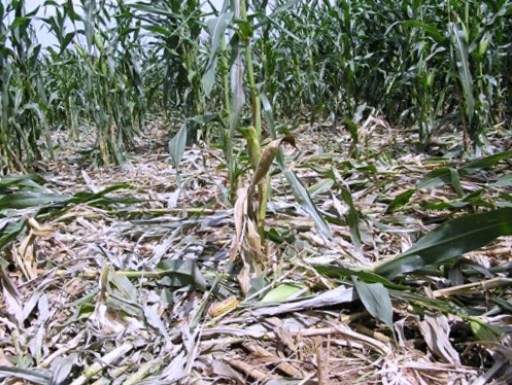


Damage to plants
Because they are omnivorous, they will often ambush farms and trample or eat the produce. They eat the plant from the fruit to the root leaving just holes. They can also create holes while wallowing, thus leading to the death of the plants. This wallowing behavior can also leave the roots damaged, leading to huge losses.
Damage to water
Wild hogs do not have sweat glands. They lower their temperature using water resources or mud. They contaminate the streams and other water bodies which can lead to several dangers including:
- Death and destruction of aquatic plant life
- Bank erosion
- Algae blooms
- Muddy waters
Once they are dry, they will rub their bodies against other objects to remove the excess mud. This may lead to even more damages.
Damage to livestock
Wild hogs have a very strong sense of smell. They usually smell the afterbirth tissues and the newly born or hatched animals, thus coming near to prey on them. The fact that newborn livestock are still too weak to fight back is an advantage to wild hogs. The less mobile animals are also a huge target for wild hogs.
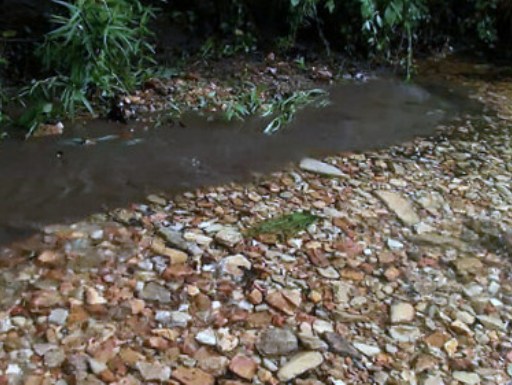


They not only feed on vertebrates but also on invertebrate species. However, animal consumption in wild hogs is not so common. It happens in smaller percentages.
Damage to humans and pets
Humans and pets are prone to a wide range of damage caused by wild hogs. The main one being the transmission of diseases and parasites. The greatest mode of transmission is through butchering or eating wild hogs. You should take all the necessary precautions while handling their carcasses and while eating their meat.
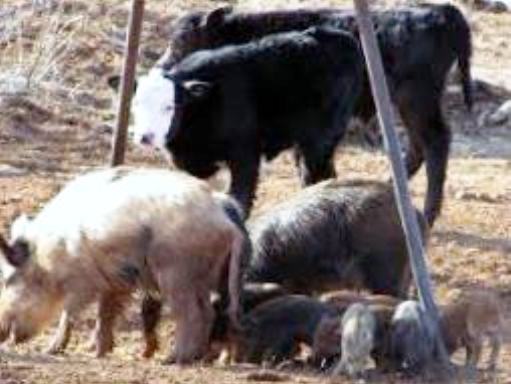


Pets also can catch diseases from wild hogs through close contact or if they use the same feeding containers. Wild hogs willow holes on the road which can be a cause of accidents. They also have an aggressive side that can arise at any time and in any place. They usually get aggressive when they feel that they are threatened or if they are attacked. They can fight and cause major injuries to humans or their pets.
Select Your Animal
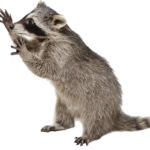


Raccoons
Raccoon Removal Information & How-To Tips
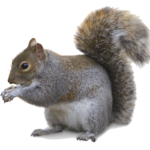


Squirrel
Squirrel Removal Information & How-To Tips
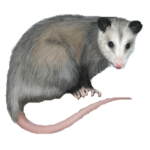


Opossum
Opossum Removal Information & How-To Tips
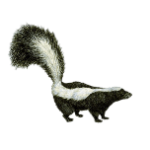


Skunks
Skunks Removal Information & How-To Tips
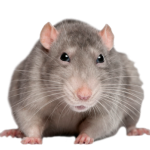


Rats
Rat Removal Information & How-To Tips
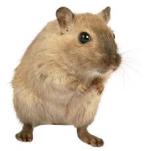


Mouse
Mouse Removal Information & How-To Tips
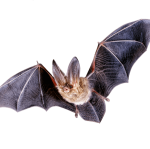


Bat
Bat Removal Information & How-To Tips
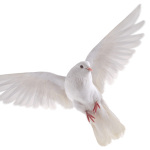


Bird
Bird Removal Information & How-To Tips
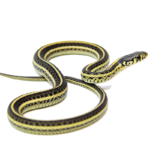


Snake
Snake Removal Information & How-To Tips
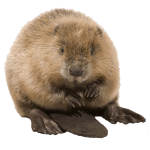


Beaver
Beaver Removal Information & How-To Tips



Mole
Mole Removal Information & How-To Tips
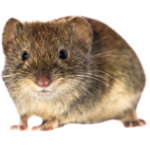


Vole
Vole Removal Information & How-To Tips
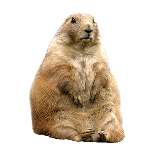


Gopher
Gopher Removal Information & How-To Tips
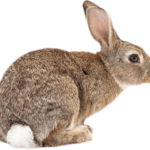


Rabbit
Rabbit Removal Information & How-To Tips
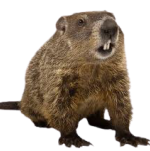


Woodchuck
Woodchuck Removal Information & How-To Tips
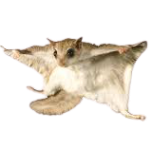


Flying Squirrel
Flying Squirrel Removal Information & How-To Tips
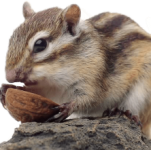


Chipmunk
Chipmunk Removal Information & How-To Tips
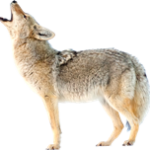


Coyote
Coyote Removal Information & How-To Tips
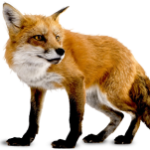


Fox
Fox Removal Information & How-To Tips



Wild Hog
Wild Hog Removal Information & How-To Tips
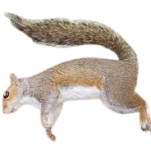


Dead Animal
Dead Animal Removal Information & How-To Tips